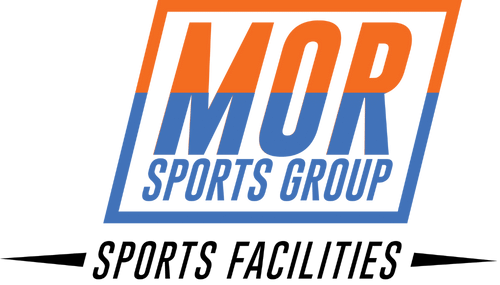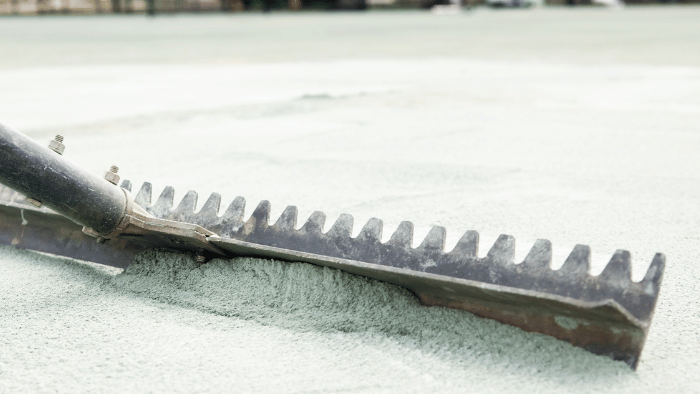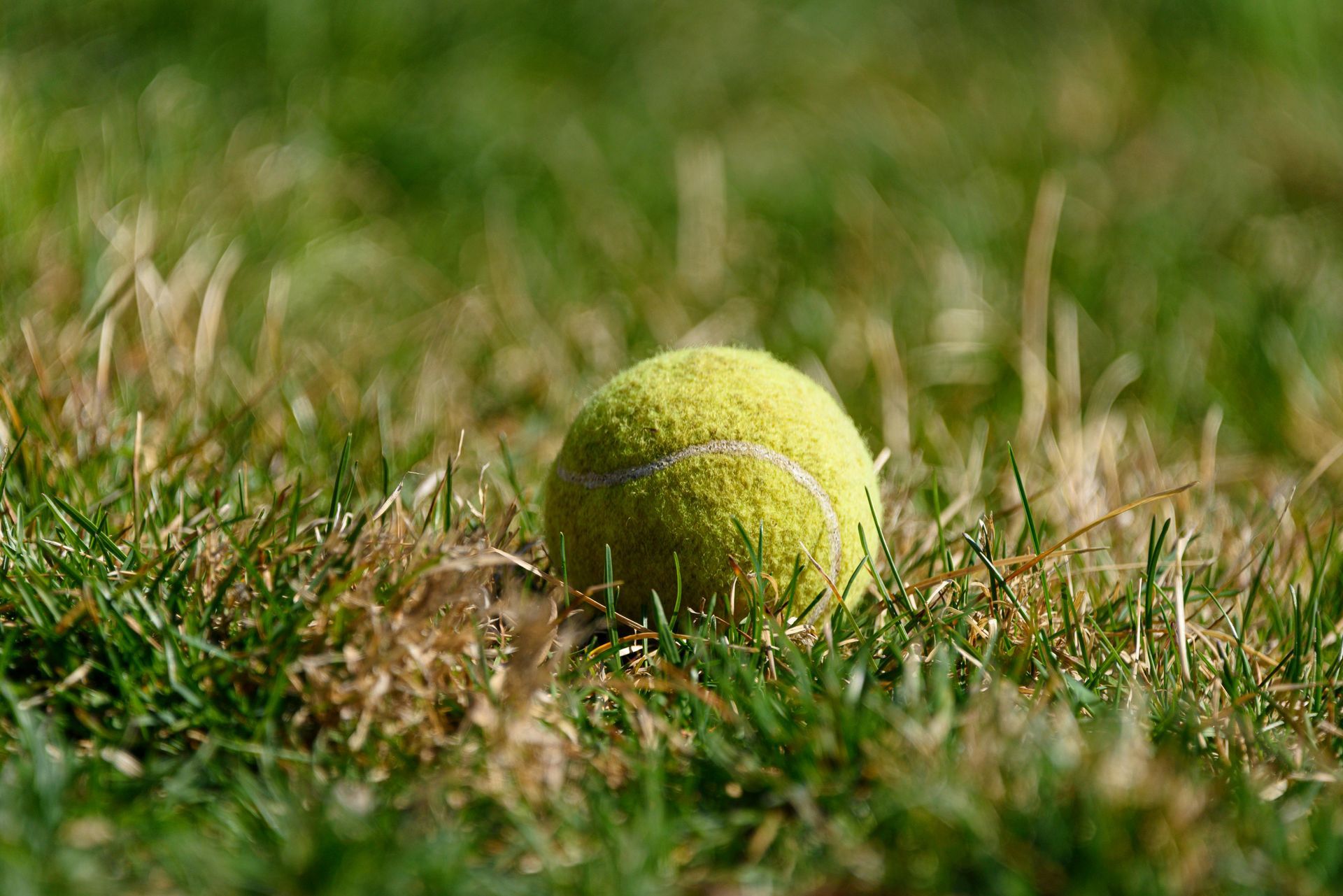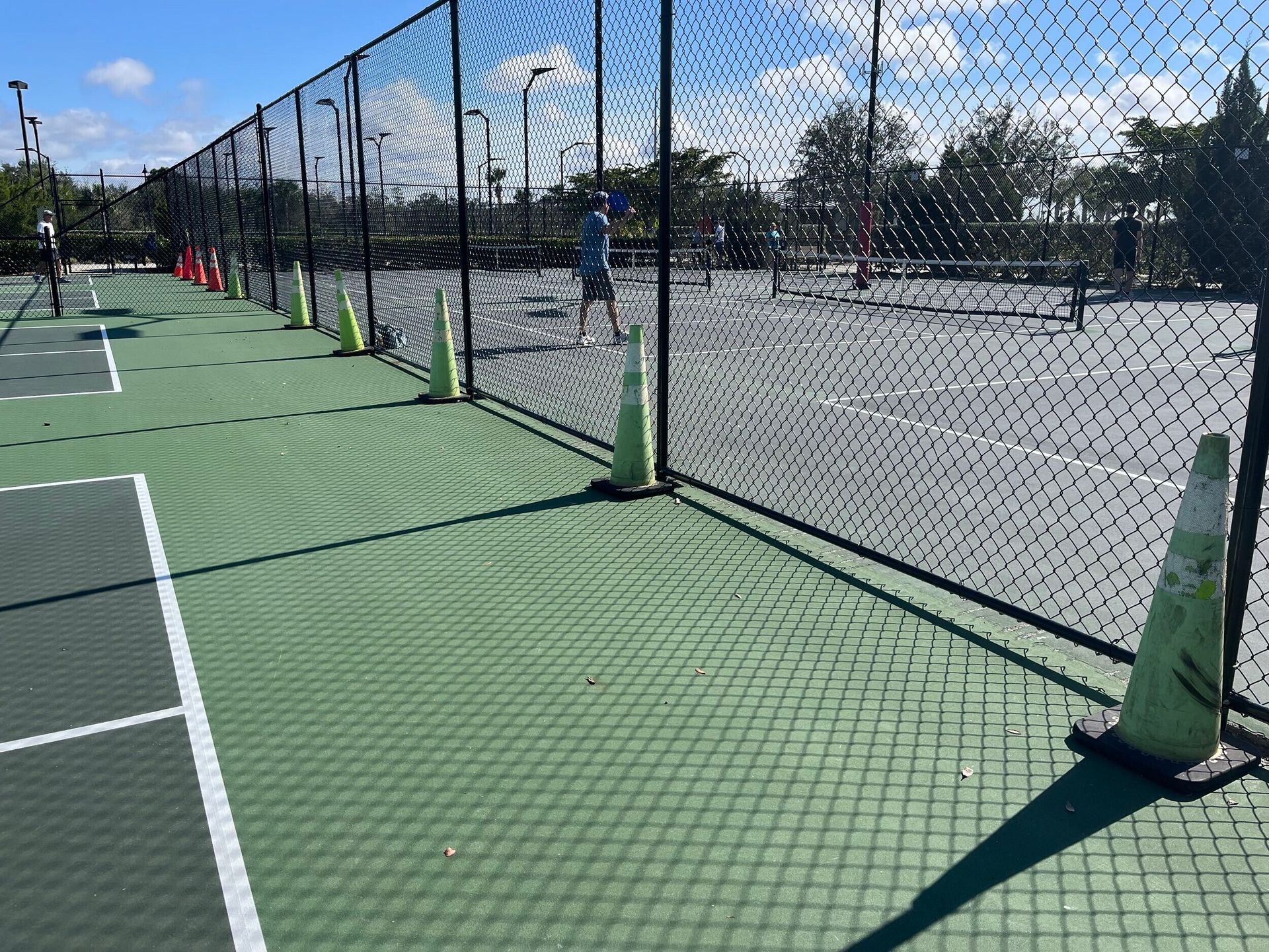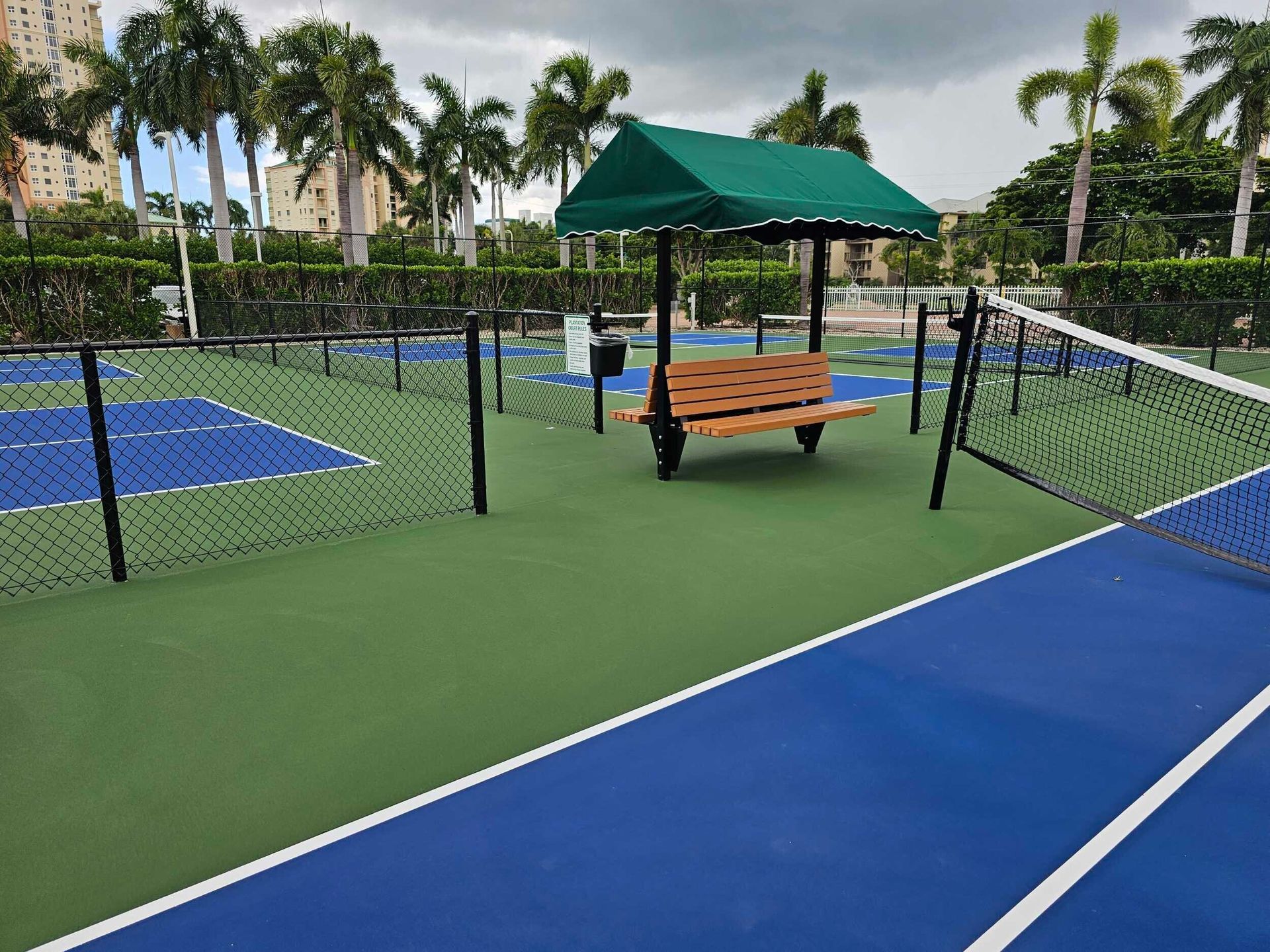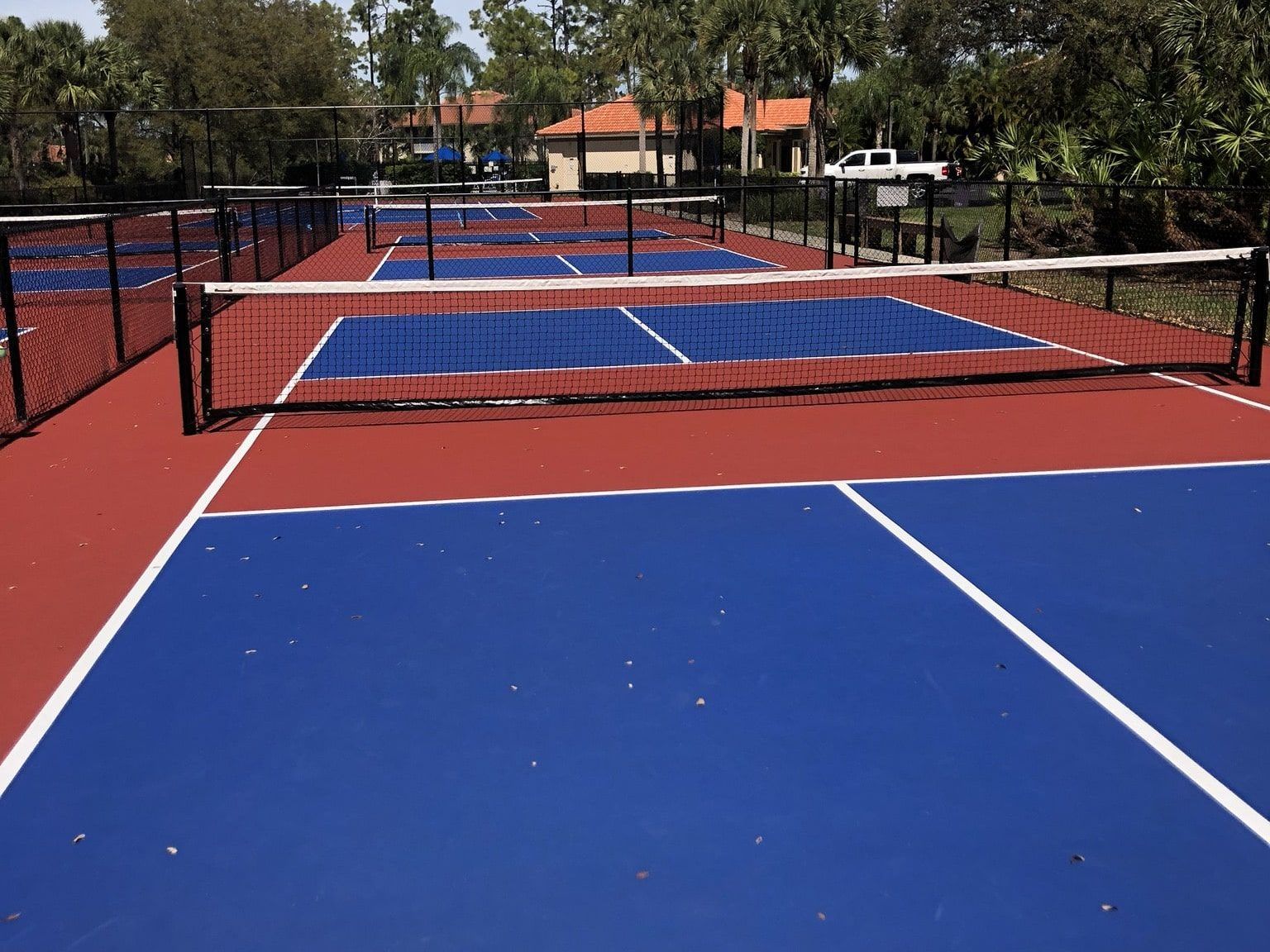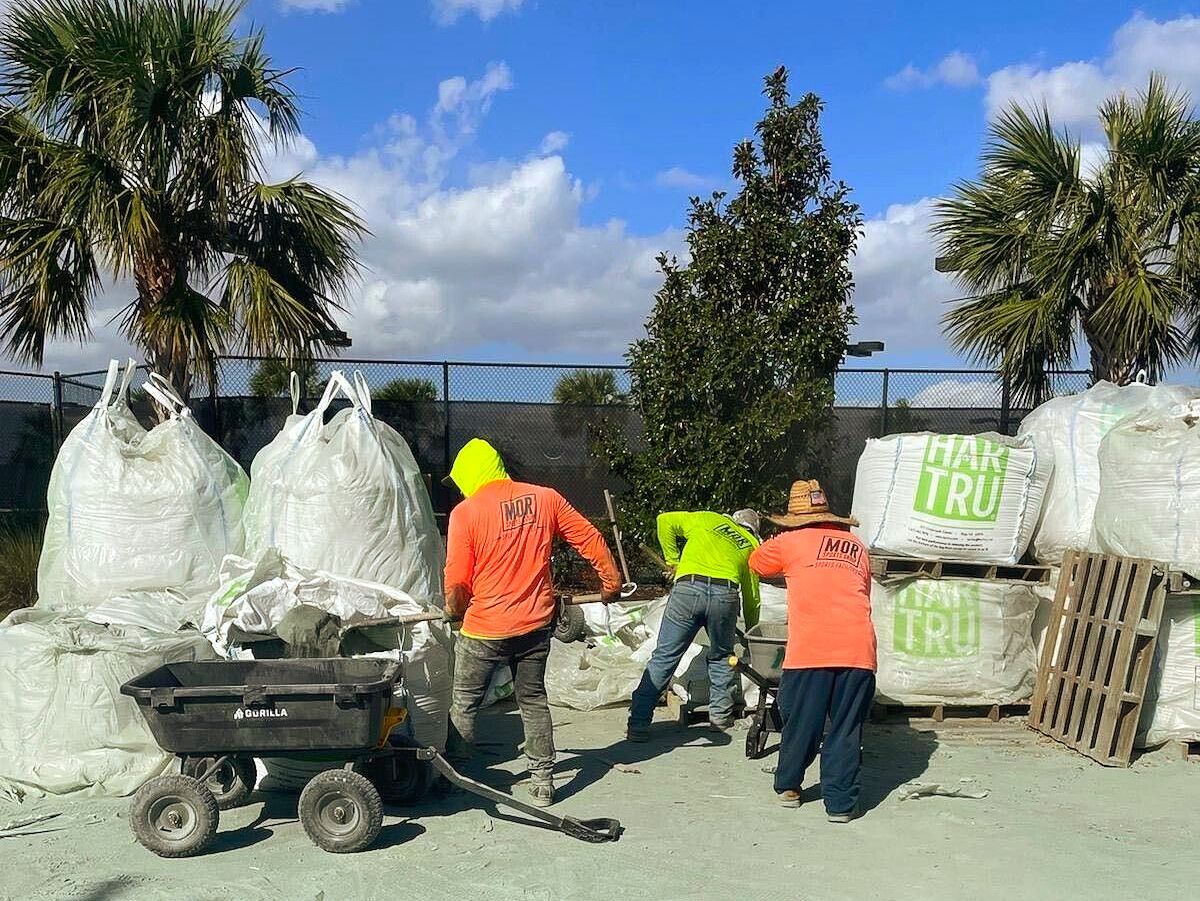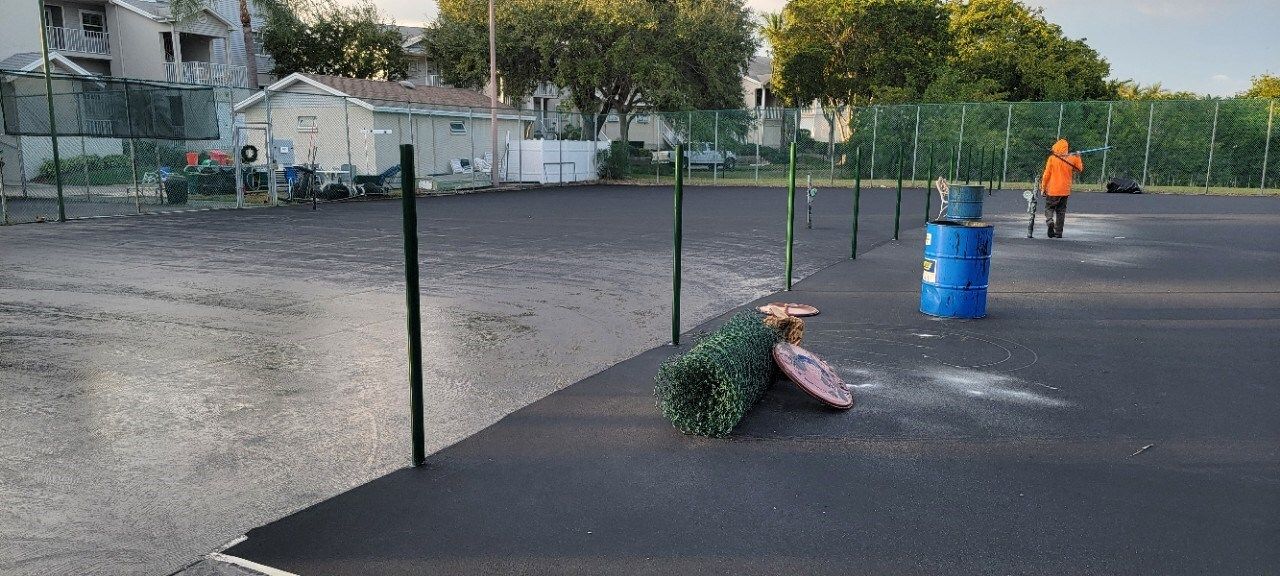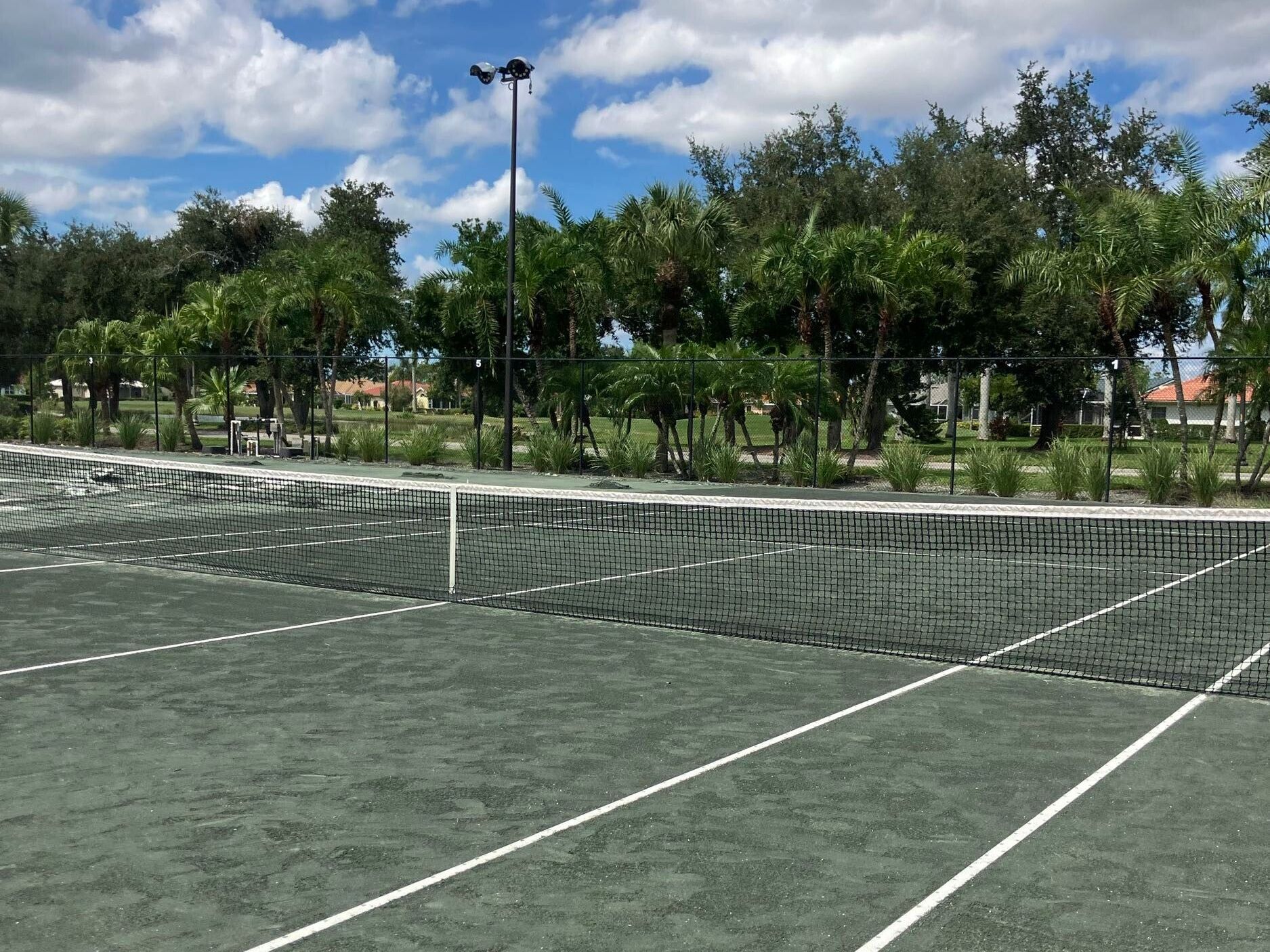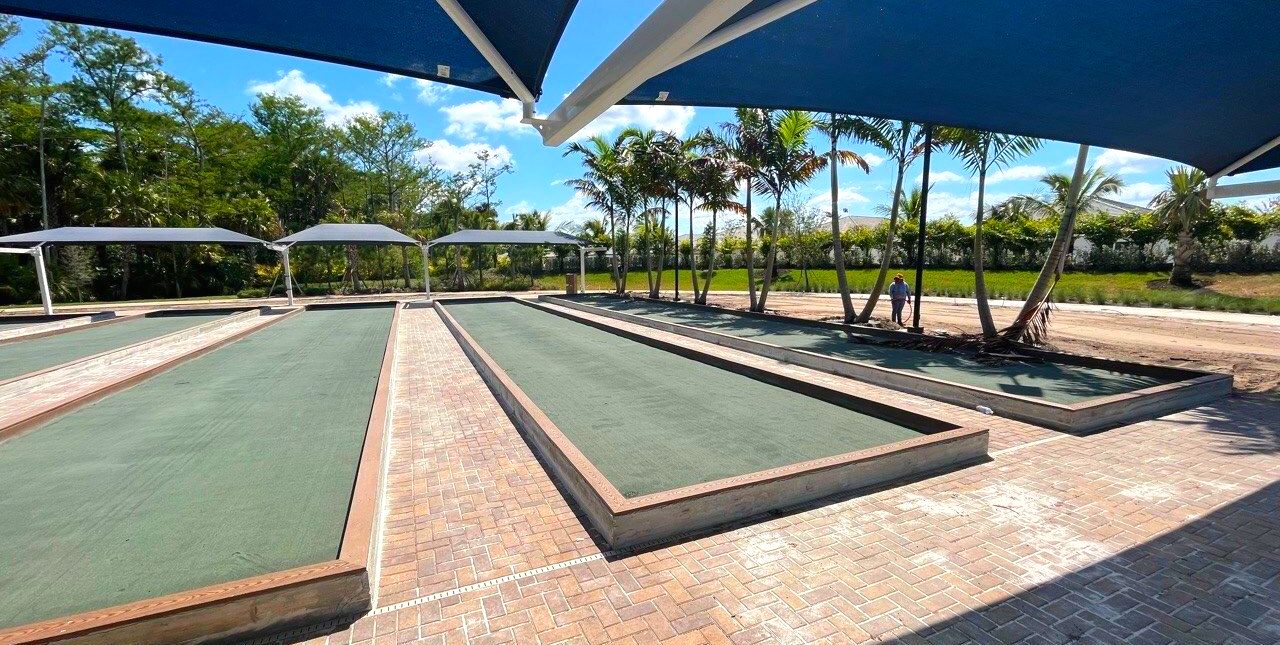How to Select the Right Tennis Court Surface
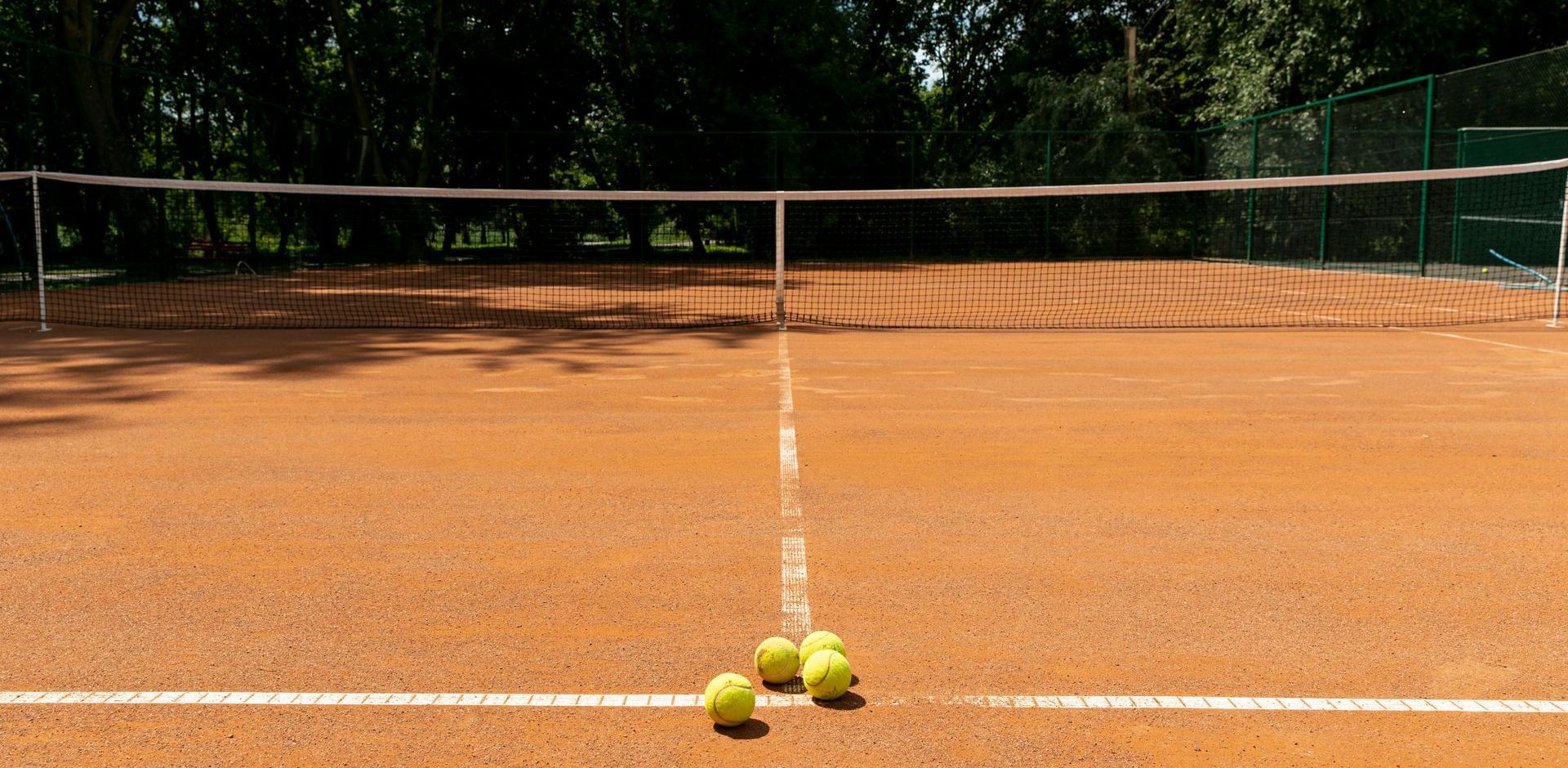
Choosing the right tennis court surface is essential for constructing a court that matches your needs, whether for casual play, professional training, or competitive matches. With so many options available, understanding the advantages and disadvantages of each surface can help you make a well-informed choice based on your budget, location, and purpose.
Types of Tennis Court Surfaces
Selecting a tennis court surface can be challenging, especially if you're unfamiliar with how each type influences gameplay and costs. Here's an overview of the most common tennis court surfaces, highlighting their unique qualities and benefits.
Hard Courts
Hard courts, typically made from asphalt or concrete and coated with acrylic, are known for their durability and relatively low upkeep. These courts are widely used in public parks, schools, and recreational areas.
- Playability: Hard courts offer a medium to fastball bounce, catering to different playing styles. They provide consistent performance throughout the year, making them ideal for public spaces and semi-professional courts.
- Durability: Asphalt and concrete are resilient, though concrete generally resists cracking better, which can extend the court's lifespan. Regular resurfacing is needed to keep the court smooth.
- Maintenance: Hard courts require occasional maintenance, such as resurfacing every 4–8 years to repair cracks and maintain traction.
- Cost: Installing a hard court typically costs between $25,000 and $80,000, depending on materials and project scope.
Clay Courts
Clay courts, popular in Europe and South America, provide a softer playing surface, appealing to players who prefer longer rallies and strategic play. You'll often see this type of court in professional tournaments like the French Open.
- Playability: The slower ball bounce on clay courts allows players more control, encouraging a more defensive style.
- Durability: Clay courts need regular smoothing, watering, and rolling to maintain an even surface.
- Maintenance: These courts need frequent care, including brushing to keep the clay even and adding fresh material. Seasonal maintenance is often needed in colder climates.
- Cost: Initial installation is between $30,000 and $60,000, but it can become costly over time because of its maintenance requirements.
Grass Courts
Grass courts, famously associated with Wimbledon, offer one of the fastest surfaces for play, though they're less common due to the intensive maintenance required.
- Playability: Grass courts create a fast bounce, which suits players with serve-and-volley styles.
- Durability: Grass courts are delicate and need constant attention to stay in good shape. The type of grass, soil quality, and weather all impact their longevity.
- Maintenance: Grass courts demand daily maintenance, including mowing, watering, and reseeding. Regular pest control is also necessary.
- Cost: Installation costs range between $50,000 and $100,000, with high maintenance required, making grass courts a luxury surface usually found in elite venues.
Synthetic Turf
Synthetic turf courts are a practical alternative to grass, mimicking the feel of natural grass while requiring much less maintenance, making them popular for private and public facilities.
- Playability: Synthetic turf offers a consistent bounce, making it adaptable for various playing styles.
- Durability: These courts are highly durable and weather-resistant, allowing them to handle heavy use without much wear.
- Maintenance: Maintenance needs are minimal, with occasional brushing and debris removal.
- Cost: Installation costs between $20,000 and $40,000, making synthetic turf a budget-friendly choice compared to natural grass.
Cushioned Hard Courts
Cushioned hard courts are similar to traditional hard courts but include an added layer beneath the surface to absorb shock and reduce joint stress, making them famous for training and recreational use.
- Playability: Cushioned hard courts provide a similar playing experience to hard courts but with added comfort to minimize injury risks.
- Durability: Cushioned hard courts are durable, but the cushioning layer may wear out over time and need replacement.
- Maintenance: These courts are low-maintenance, requiring regular cleaning and occasional resurfacing.
- Cost: Cushioning adds to the price, with installations starting at around $40,000.
Modular Tile Courts
Modular tile courts are an innovative, easy-to-install surface composed of interlocking tiles placed over a stable foundation. These are ideal for multi-use facilities or temporary installations.
- Playability: Modular tiles provide a fast, consistent bounce like hard courts but can be customized for various surface properties.
- Durability: Modular courts are highly durable and weather-resistant, lasting years with minimal maintenance.
- Maintenance: Maintenance is simple since damaged tiles can be replaced individually, and the court only needs occasional cleaning.
- Cost: Installation costs between $25,000 and $40,000, making modular tile courts an affordable and flexible option.
Factors to Consider When Selecting a Tennis Court Surface
Personal preferences play a significant role in choosing the best tennis court surface. The key factors below can also serve as an additional guide to help you make a choice that fits your vision and style.
Playing Style
The playing surface can significantly impact your game experience since certain court surfaces perform well with specific playing styles. Here's what to consider:
- Fast Play (Hard or Grass Courts): Hard and grass courts are ideal for players who enjoy a quick pace with fast rallies. These surfaces work well for aggressive players and those with serve-and-volley styles.
- Strategic Play (Clay Courts): Clay courts offer a slower playing surface, ideal for longer rallies and a more defensive style of play. It is a perfect choice for players who enjoy a more tactical approach to the game.
Frequency of Use
The court's usage level is critical, as some surfaces handle traffic better than others:
- High-Use Courts (Public Courts or Clubs): Hard courts or synthetic turf are durable and can withstand constant, high-frequency use, making them a solid choice for locations with regular play.
- Low-Use or Private Courts: Grass and clay courts offer an exclusive play experience, ideal for private, low-frequency use. Though they require more frequent maintenance, they create a unique playing environment.
Climate and Weather
Weather conditions can affect a court's durability, making it vital to pick a surface that aligns with your location's climate:
- All-Weather Surfaces: Synthetic turf and modular tile courts hold up well under various weather conditions, including rain and extreme heat.
- Moisture-Sensitive Surfaces: Grass and clay courts require controlled moisture levels. Grass can dry out in hot climates, and clay courts need regular watering. These surfaces need a bit more care to stay at their best.
- Temperature Resilience: Hard courts withstand changing temperatures effectively, while clay and grass may need extra care in regions with very hot summers or freezing winters.
Maintenance Needs
Maintenance is a big commitment and forms part of your long-term expenses in constructing a tennis court. It is then essential to consider the level of supervision each court surface requires:
- Low-Maintenance Options: Synthetic turf, cushioned hard courts, and modular tiles are easy to maintain, requiring minimal ongoing work.
- Moderate Maintenance: Hard courts may need occasional resurfacing to keep them smooth and safe.
- High-Maintenance Surfaces: Grass and clay courts demand more frequent upkeep, including daily brushing, watering, seasonal reseeding, or clay top-ups to keep them in peak condition.
Installation and Maintenance Budget
Each court surface comes with varied installation and maintenance costs, so choose one that fits your budget:
- Budget-Friendly Options: Synthetic turf and modular tiles offer affordable installation and require minimal upkeep, helping you manage costs.
- Higher Investment: Grass and clay courts provide a distinct playing experience but incur higher maintenance demands and costs.
Environmental Considerations
If sustainability is a top priority for you when constructing a tennis court, you may opt for court surfaces with less water and chemical usage:
- Traditional Grass and Clay Courts: These surfaces are considered classic but require water and sometimes chemical treatments, which can affect local ecosystems.
- Eco-Friendly Choices: Synthetic and modular courts often use materials that minimize water and chemical needs, making them more environmentally friendly over time. Newer options, such as eco-friendly turf or porous surfaces, support water drainage and reduce environmental impact.
Durability and Lifespan
For a long-term investment, it is best to choose tennis court surfaces that are more resilient than others:
- Most Durable: Hard courts (especially concrete) and modular tile courts tend to last the longest, with high durability and low maintenance requirements.
- Seasonal Adjustments: Certain surfaces, mainly clay and grass, need seasonal preparation, like winterizing, to withstand temperature changes and maintain longevity.
Conclusion
Finding the right tennis court surface is all about getting the best mix of play quality, maintenance needs, and budget. Each option has its strengths, so it's worth taking the time to figure out which one fits your needs. Considering factors like your playing style, you can choose a surface that not only elevates your game but also lasts for a long time. Contact Mor Sports Group for your next Tennis Court Project!
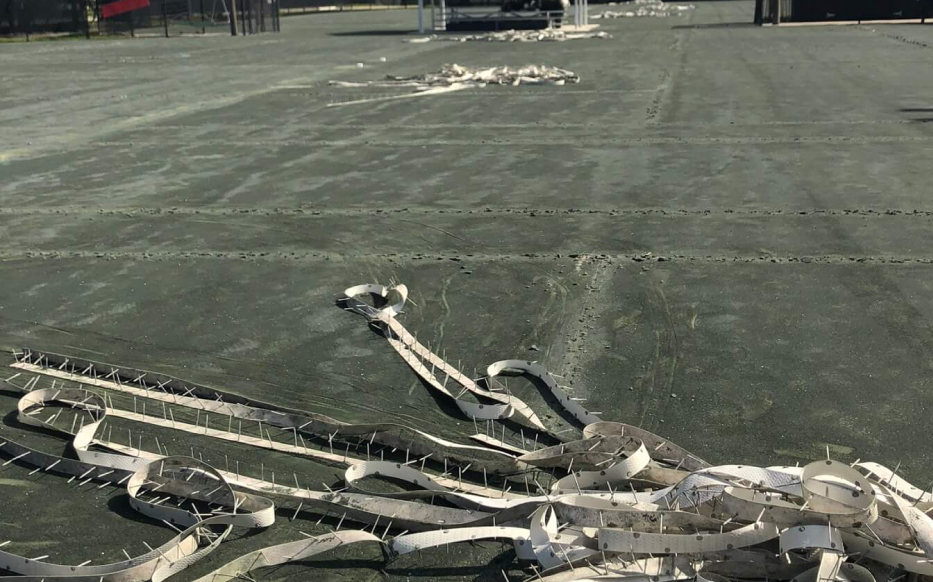
Quick Links
Contact Details
Phone: (239) 292-3102
Email: Info@morsportsgroup.com
Address: 9401 Corkscrew Palms Circle
Estero, FL 33928
All Rights Reserved | Site by Spearlance
Terms and Conditions | Privacy Policy
